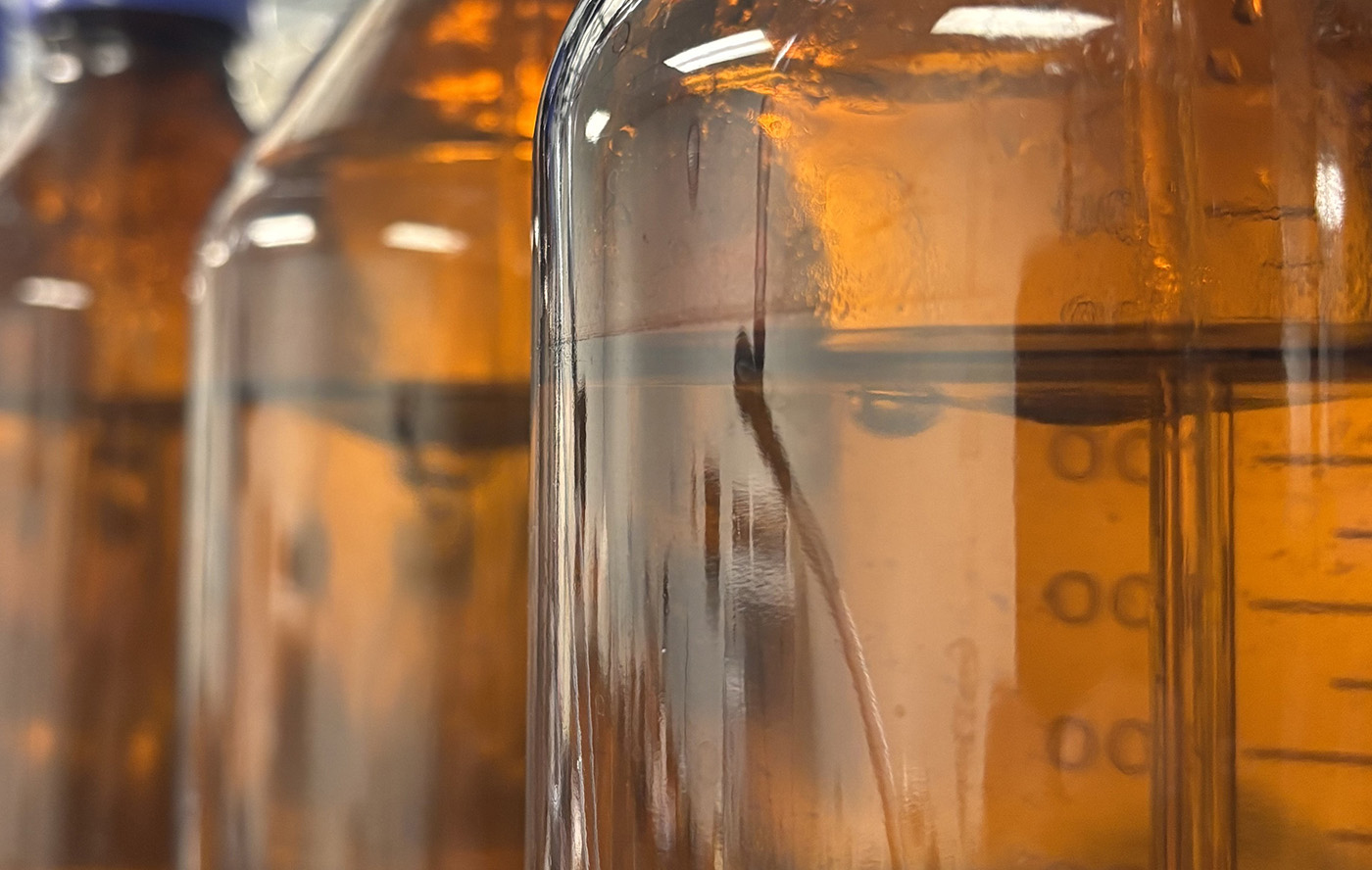Summary
This aqueous aerobic biodegradability test determines the aerobic biodegradability of plastic materials in seawater. ISO 23977-1 relies on the microorganisms present in seawater without specific inoculum. The conditions of this test do not always correspond to the optimum conditions for the maximum degree of biodegradation, but it is designed to give an indication of the potential biodegradability of plastic.
ISO 23977-1 Testing Method
ISO 23977-1 is one testing variation to determine the biodegradability of plastic materials by natural populations of microorganisms in seawater. This test is completed under mesophilic test conditions for up to 2 years. The plastic materials are incubated with either seawater only, called the pelagic seawater test, or with seawater that has a low amount of sediment added, called the suspended sediment seawater test.
The biodegradation of the plastic material is determined by measuring the evolution of CO2. This is done by comparing the amount of CO2 evolved with the theoretical amount of evolved CO2 and expressed as a percentage. The result is the maximum level of biodegradation.
Here are some additional details about the ISO 23977-1 test method:
- Materials that can be tested:
- Plastic materials
- Test substance requirements:
- The total organic carbon content needs to be known in order to calculate the ThCO2
- Powder form is preferable with a maximum particle size of 250um in diameter
- Similar shapes of different substances should be sued if they are to be compared
- Temperature: 15-25°C
- Reference: A well-defined biodegradable polymer (e.g. microcrystalline cellulose powder or ashless cellulose filters)
- Test substance dosage: 150-300mg of test substance per 1L of seawater
- Reactor: 300mL volume with 90mL of natural seawater only, or natural seawater with 0.1-1g/L of sediment
- CO2 absorber solution: 10mL Ba(OH)2 at 0.0125M, 3mL KOH at 0.5M, or 4mL NaOH at 1M
- Number of reactors: 3 for blank control, 3 for reference control, and 3 for each test substance
- Duration: Normally up to 1 year, but the test can be prolonged up to 2 years if significant biodegradation is still being observed
Turn to Aropha for Your ISO 23977-1 Testing
When you are looking for efficient, streamlined, accurate biodegradability testing, turn to Aropha. We combine digital twin simulation platform and lab biodegradability testing to provide complete testing support throughout product research and development
If you are ready to get started or have questions, reach out to our team today!
ISO 23977-1 Requirement and Applicability
Different testing methods are applicable for materials with different properties. Below is a summary of the applicability of ISO 23977-1. Please check our Method Selection Guide to select the most appropriate method for your materials. You can also find the applicability for many other methods in our Resource Center.| Test | Analytical method | Sample info required * | Poorly soluble | Volatile | Adsorbing |
|---|---|---|---|---|---|
| ISO 23977-1 | CO2 evolution in headspace | Organic carbon content * | + | + | + |
*“Sample info required” is the information needed to calculate the biodegradation percentages. This must be available for a selected method.
*“Organic carbon content” is the ratio of the organic carbon weight to the weight of the sample. It can be calculated by the sample formula (e.g., acetic acid C2H4O2, carbon content is 12*2/(12*2+1*4+16*2)=40%). Try our Online C% Calculator. If the formula is unknown, we can send the sample out to a third party lab for you for analysis (normally $110 with a 10-day turnaround time).
Pricing
$1699/sample for High-Throughput Screening$3399/sample for Biodegradability Certification

